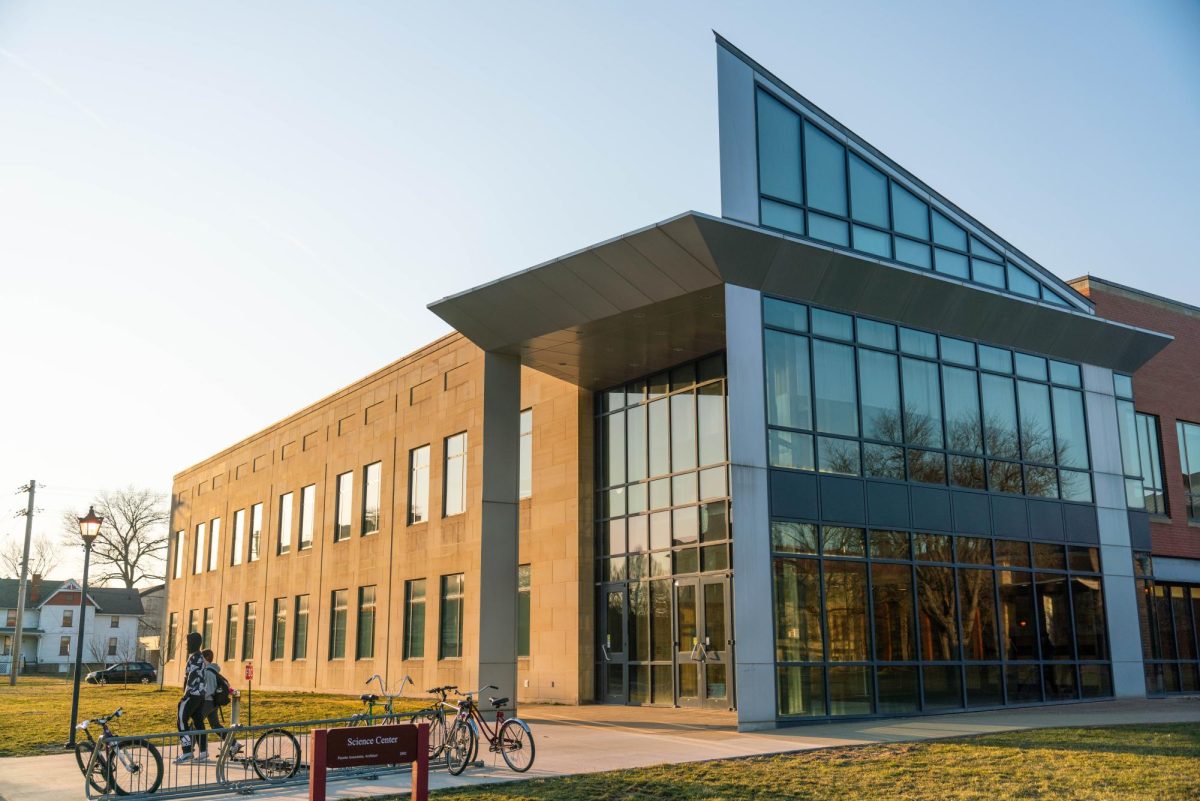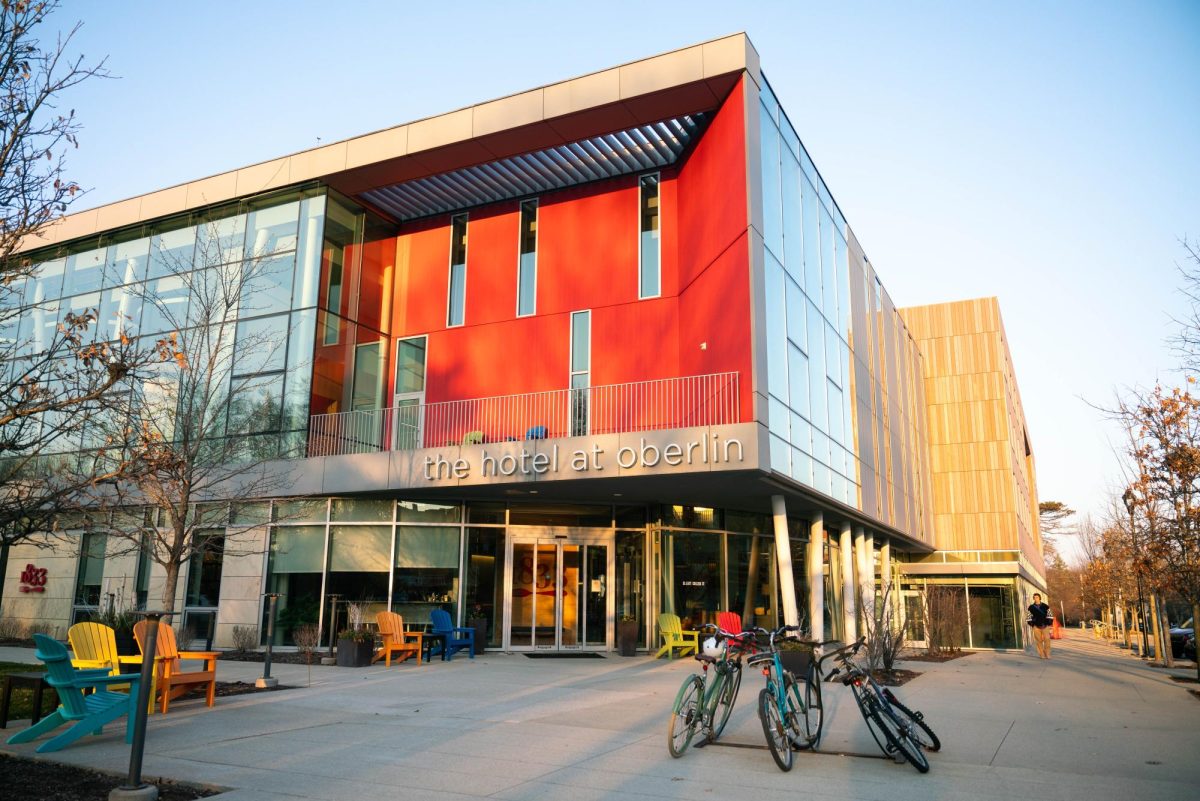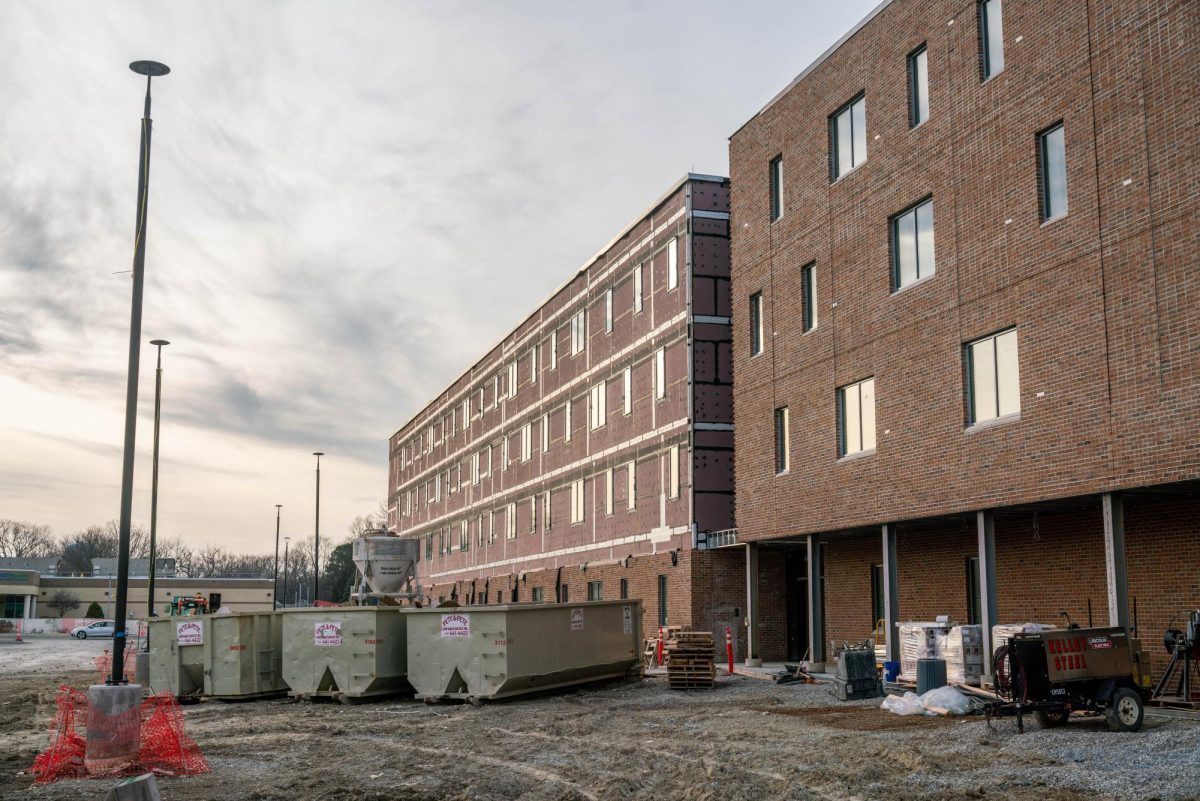Earlier this week, students, faculty, and staff attended a lecture titled “The History of Transmisogynoir” as part of the Black History Month event calendar. Hosted by the Gender, Sexuality, and Attraction Initiatives, the talk was led by Devin Taylor from Case Western Reserve University.
“It is important that we create spaces to deeply engage with our history and ongoing realities,” NiK Peavy, director of Gender, Sexuality, and Attraction Initiatives, wrote in an email to the Review. “Too often, these conversations are overlooked or sidelined, specifically in LGBTQ+ spaces. This event is about centering Black trans femme experiences, learning from the past, and challenging ourselves to be more accountable in the present.”
The lecture explored the intersectional discrimination faced by Black trans women and femmes, both historically and in the present. Taylor highlighted the historical roots and legacy of transmisogynoir while also analyzing the ongoing challenges the community faces today. Following the talk, students engaged in a Q&A session, discussing the future directions of Taylor’s research and reflecting on the lecture’s key themes.
“I am attending this lecture because I am Black and I am non-binary and femme-presenting, so I experience transmisogynoir quite a lot,” College third-year Lee Jones said. “I’m very interested in talking about the politics of identity, and I also enjoy attending talks. My partner suggested we come, and it felt like a great opportunity to learn.”
Taylor originally presented this lecture at the 2024 TransOhio Symposium this past fall, where Peavy was in attendance. It was there that the two connected and planned for Taylor to bring their research to Oberlin. The event was then added to Oberlin’s Black History Month Calendar.
“Transmisogynoir describes the unique forms of oppression that Black trans women face due to their intersecting identities,” Taylor explained. “People often erase history, whitewash narratives, and spread misinformation. My work dives deep into transmisogynoir’s historical context — including medical history and the treatment of Black women in medicine — to show how these injustices remain relevant today. We cannot erase what happened simply because it is terrible.”
The talk began by defining misogynoir and intersectionality before applying these concepts to Black women in the U.S. Taylor then analyzed the systemic oppression of Black women, highlighting how economic, political, and institutional policies disadvantage them throughout their lives. They extended this analysis to transmisogynoir, emphasizing that Black trans women, by holding multiple marginalized identities, face even greater systemic barriers.
“I hope people leave with a deeper understanding of how transmisogynoir operates and why it must be actively dismantled,” Peavy wrote. “More importantly, I want attendees — especially non-Black, non-trans, and non-femme folks — to reflect on their roles in either perpetuating or challenging these systems. Awareness is only the first step; action is the goal. That means amplifying Black transfemme voices, addressing anti-Blackness within queer and feminist spaces, and committing to solidarity in meaningful ways.”
One key focus of the lecture was the historical medical exploitation of Black women. Taylor highlighted figures such as J. Marion Sims, often referred to as “the father of gynecology,” whose medical experiments on enslaved Black women were conducted without anesthesia or consent. The lecture also discussed Henrietta Lacks, a Black woman whose cells — known as HeLa cells — were taken without her consent and used for groundbreaking medical advancements, while her family received no compensation. Taylor stressed the importance of knowing these histories to combat the ongoing ramifications of medical racism today.
Taylor also examined how Black women are portrayed in the media, analyzing works such as Bridgerton and films by Tyler Perry. They discussed how Black women in media are frequently reduced to archetypes, such as the “Mammy” — a docile, subservient, and often plus-sized caregiver. Taylor explained that these portrayals contribute to real-world biases, where Black women are denied recognition for the complexities of their identity.
“People need to be intentional about educating themselves,” Taylor said. “It’s not just about reading and gaining knowledge; it’s about applying that knowledge in real ways. Are you willing to stand in solidarity, recognizing your privilege and actively working to support those who need it? That’s the difference between someone who is passively informed and someone who genuinely believes in equity and justice.”
Before concluding, Taylor tied the historical context to present-day statistics on violence against Black trans women and femmes. According to the Human Rights Campaign, in 2024, 77.8 percent of the 36 reported deaths of transgender and gender-nonconforming people were women of color, with half being Black trans women. These figures highlight the urgent need for greater support, resources, and advocacy within our communities.
“I came because I really want to learn more,” College second-year Myles Sead said. “I felt I already had a baseline understanding, but it’s always valuable to hear from those directly affected and actively researching these topics. As a Black person, knowing how to support my own community is crucial. The lecture was incredibly informative — I learned new definitions, statistics, and ways to engage with organizations doing critical work.”
Taylor concluded by emphasizing that their research is still in its early stages and that they plan to further investigate historical instances of medical oppression against Black trans women and femmes. The event ended with attendees receiving links to resources, organizations, and further readings aimed at supporting Black trans women and femmes.
“Oberlin has a strong history of activism, but no space is exempt from the need for continuous learning, accountability, and progress,” Peavy wrote. “This event contributes to ongoing conversations about intersectionality, systemic oppression, and what it truly means to be in solidarity. By centering transmisogynoir, we challenge Oberlin — and ourselves — to move beyond performative allyship and commit to real, sustained action for racial and gender justice.”








